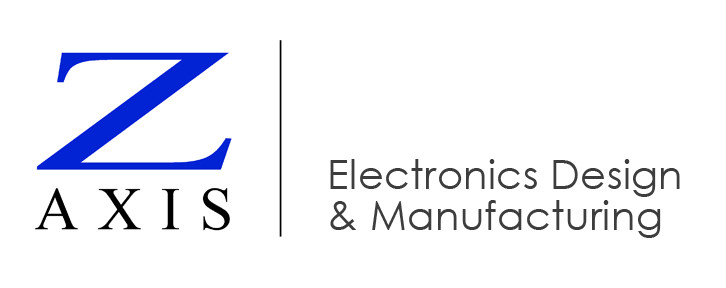In this video, we look at how Automated Optical Inspection works, and why it’s such a powerful tool for for quality control in SMT printed circuit board assembly (PCBA) manufacturing.
First you need to know that SMT (surface mount technology) pick-and-place is a high-yield process and defects are rare. When a defect DOES occur, it can often be spotted by visual inspection, but most defects are very small and hard to see. More importantly, the volume of parts to look at, even in low-volume production, is mind-numbing. AOI automates visual inspection, greatly improving quality and throughput.
The AOI reads the part markings using optical character recognition, and compares them to the bill of materials. This advanced system has an adjustable focus to accommodate different part heights, improving accuracy of the OCR. It has 2D and 3D imaging to detect a wide variety of other potential defects.
This includes missing parts, using 2D imaging for most boards or 3D imaging in case of very low contrast between the boards and the parts. It detects parts that are shifted out of position and automatically determines whether the shift is graded a “defect” according to the relevant IPC standard. For example, Class 3 boards for aerospace have stricter requirements than Class 2 boards for industrial use.
It can detect bent, lifted and bridging leads and analyze the quality of solder, including detecting any opens or shorts, confirming sufficient volume of solder, and confirming the proper slope of a solder joint.
We use the 3D imaging to verify part co-planarity, especially for parts such as BGAs and quad flat packs. Component surfaces must be parallel to the board surface to ensure a good connection on all leads.
At Z-AXIS, we 100% use our in-line AOI for printed circuit board assemblies after SMT pick and place and reflow. Any board with a defect is sent to be evaluated for rework, along with the AOI images that clearly show what needs to be done.
We also use AOI for solder paste inspection. A stencil is used to put down solder paste prior to pick and place. AOI can confirm good, even coverage of paste and check its quality. This especially important at initial job set-up, and with any new batch of solder paste.
With AOI, we can save all visual inspection data for traceability, and analyze it for statistical process control.
Automated Optical Inspection is just one way we ensure high quality and throughput for high mix PCB manufacturing in the USA.
